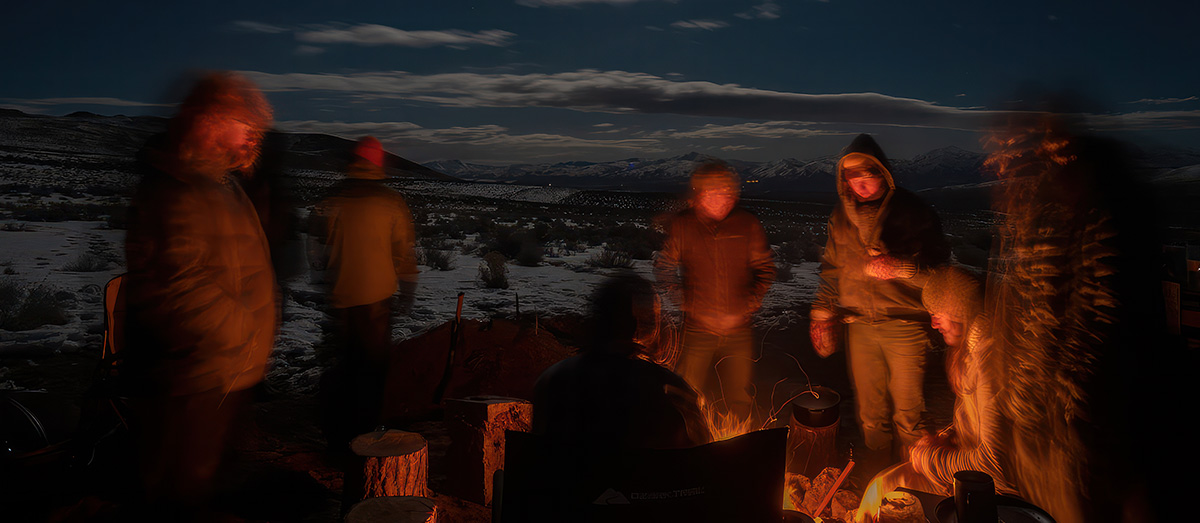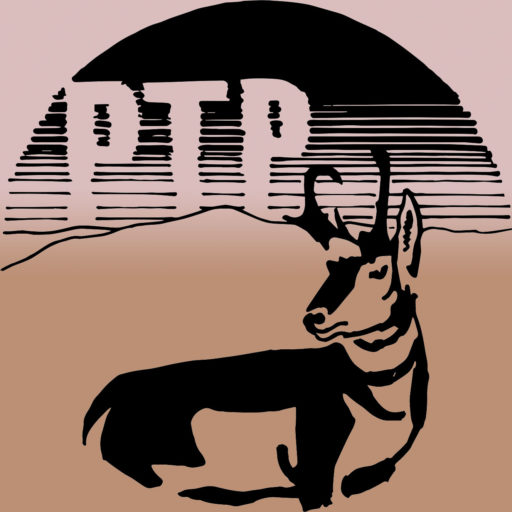WHAT’S AT STAKE?
CRITICAL HABITAT, 300+ SPECIES, CULTURAL HISTORY, WATER
Why is Thacker Pass important?
Thacker Pass, known as Peehee Mu’huh in Paiute, is sacred to regional Native American tribes.
Two massacres took place in Thacker Pass (in 1865 and in pre-history), and the land is still used today for ceremonies, traditional hunting and gathering, and educating young Native people. ➡️ Read more about sacredness and Lithium America’s involvement in human-rights violations in Argentina.
Thacker Pass is critical wildlife habitat for threatened, endangered, and endemic species.
This includes the greater sage-grouse, pronghorn antelope, Lahontan cutthroat trout, golden eagles, Crosby’s buckwheat, and old-growth sagebrush habitat. ➡️ Read more about wildlife and habitat impacts.
The Thacker Pass mine is based on lies and “greenwashing.”
Lithium Americas Corporation is pretending that blowing up a mountain, destroying sacred sites, harming wildlife, releasing 150,000 tons of greenhouse gas emissions annually, and burning more than 11,000 gallons of diesel fuel per day is “green.” ➡️ Read more about greenwashing and the lie that this is a green mine.
The mine project would suck more than 4 million gallons of water per day.
The water would be extracted from an over-pumped aquifer in the driest state in the country, and pollute water and air with uranium, antimony, and other toxic substances. ➡️ Read more about water and air pollution.
This project is a threat to democracy.
If this mine is built, it will make a mockery of democracy through expedited permitting, flawed scientific analysis, corporate-government backroom collaboration, truncated public commenting, and inadequate tribal consultation. ➡️ Read more about the government’s complicity.
Thacker Pass is one of the few remote, quiet, dark places left in the lower 48.
There are few truly remote places left in the United States, and almost none in the lower 48 states. We have only recently begun to value truly dark skies (see International Dark Sky Parks) and quiet places (see Quiet Parks International). Thacker Pass is one of few places left where you can experience deep quiet and dark skies with amazing views of the stars and the milky way. The mine project will destroy that.
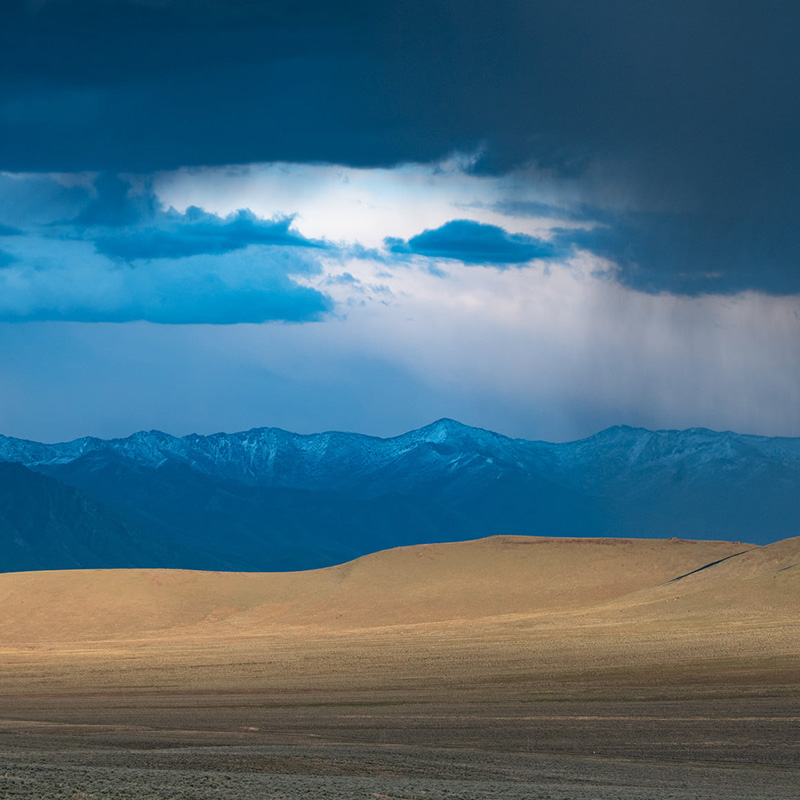

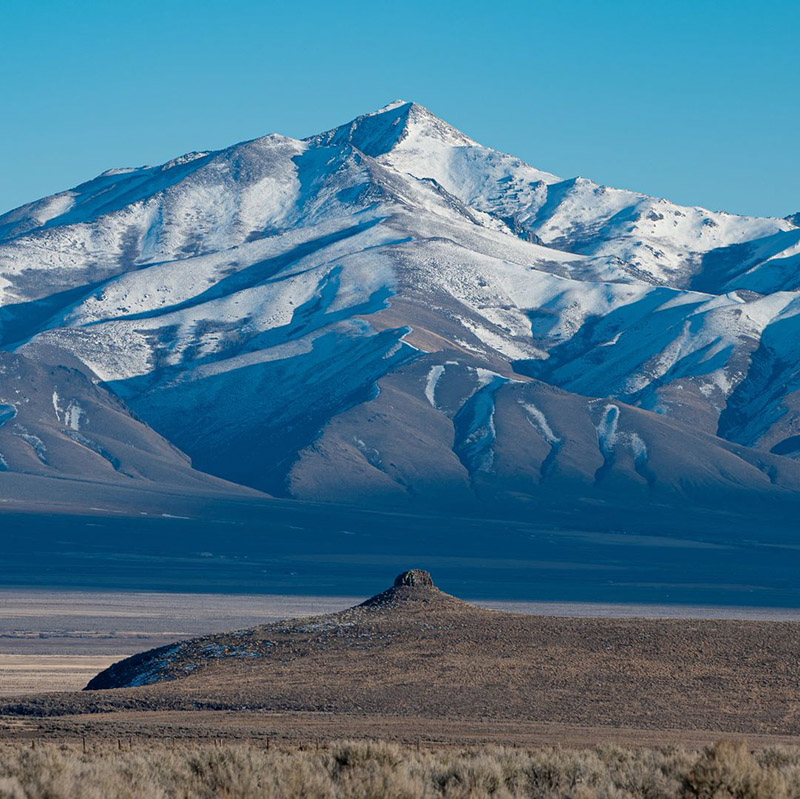
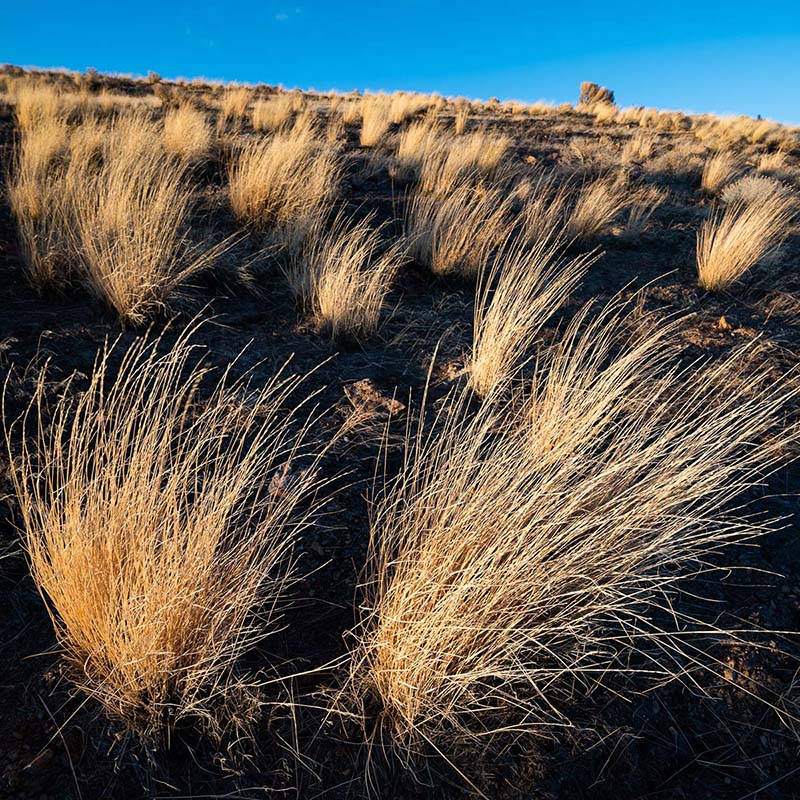
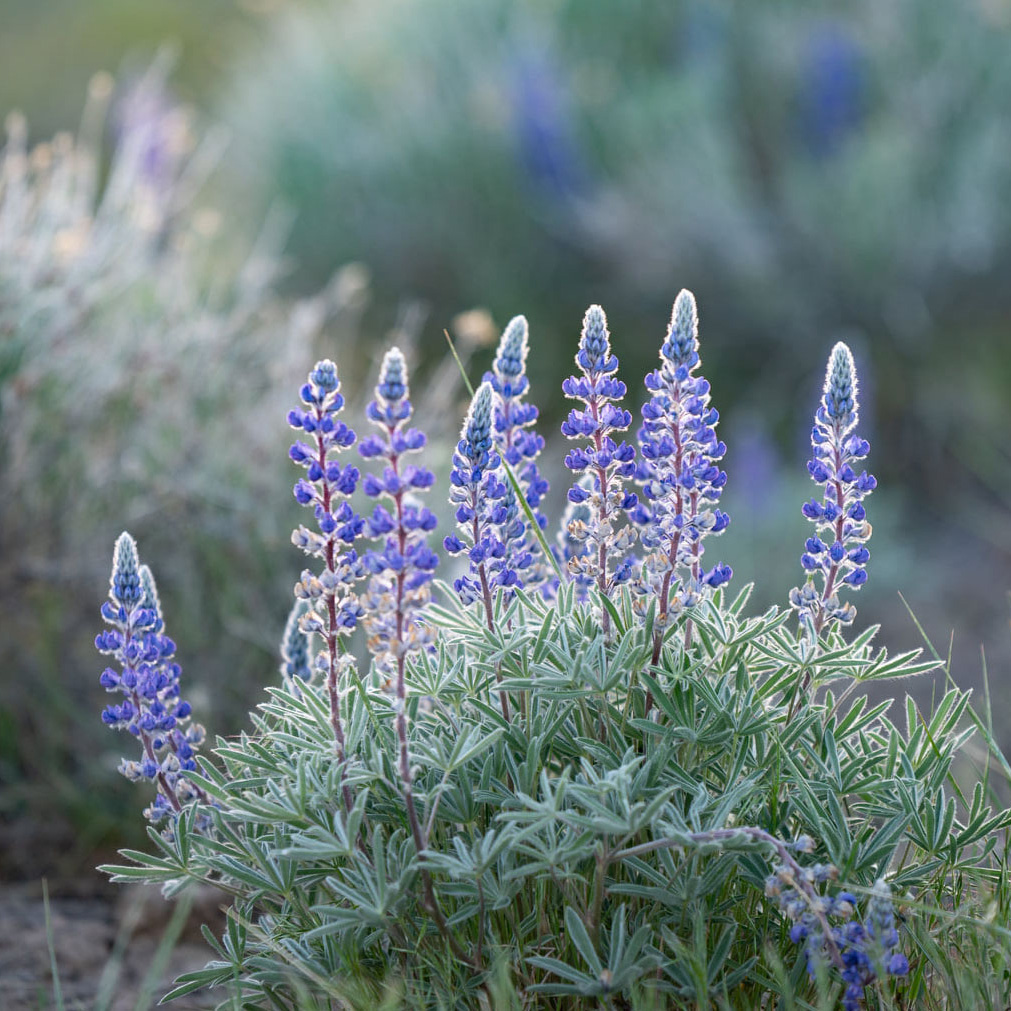

THE LIVING WORLD AT THACKER PASS
Our values start here, with the land, the wind, and the last of winter’s snow melting on the mountains above Thacker Pass, feeding the creeks, quenching the thirst of land and people. Our values begin with the children walking down from their hike on the mountainside, carrying fragments of an eggshell and wearing wide smiles.
The wind carries the sweet smell of sagebrush from the gently swaying arms of the 100-year-old plants rolling out around us, and carries the song of a meadowlark to our ears.
Wildflowers — periwinkle Lupine, scarlet Indian Paintbrush, white Mountain Phlox and slender pink Cold-desert Phlox wending up through sagebrush, pure yellow Arrowleaf Balsamroot, stunning bi-colored Sagebrush Violets, and more who we don’t know — wave in the breeze, opening their faces towards the sunlight bathing Thacker Pass. The low clouds above the mountains glow amber and ochre. A golden eagle circles overhead.
The land is alive here. Insects fly back and forth. Native bumblebees as large as a thumb buzz from flower to flower. A hummingbird investigates flashes of red rope stringing up tarps. A jackrabbit’s ear twitches in the rabbitbrush, and the tail of a lizard vanishes under a thicket of sagebrush. A pygmy rabbit, here where the company claims there are none, darts across the edge of camp.
This beauty and vitality is impossible to quantify.
But the reason we are here, is because the spirits are alive at Thacker Pass. People have visions here. For those who are willing to open up, this place can begin to heal what is broken inside you. Call this power God, The Creator, the Great Mystery, spirits of the land and ancestors, some form of physics not yet understood by science, or whatever you like. Come here with an open heart, and you will experience it.
The mining companies see this mountainside as a pile of dead rock that can be turned into money. We see this land as a sacred place where rain falls on waxy, feathery sagebrush ancients and sage-grouse dance their ancient rituals, where Paiute and Shoshone ancestors are buried beneath the soil, where we must tread lightly because we walk on the face of our mother, the planet that birthed us.
CULTURAL HISTORY OF THACKER PASS
Nineteen million years ago, the Yellowstone Hotspot formed the McDermitt Caldera, of which Thacker Pass is a part. In this caldera elements gathered over the millennia, and one element in particular — lithium — was concentrated here.
According to Lithium Americas Corporation, and its subsidiary Lithium Nevada, this lithium in the soil at Thacker Pass does not belong to the land, or to the sagebrush, or to the water trickling down past roots and stones to join ancient aquifers. It belongs to the mining company that has filed the proper mining claim under the 1872 mining law, which still governs today. According to them, this stockpile of valuable lithium exists to be extracted for billions of dollars in profits, to fuel human convenience and industry, to store power for the wealthy, the consumers of gadgets and smartphones and electric cars, for the grid operators.
This land called “Thacker Pass” has a long cultural history that long precedes the dreams of mining companies. Thacker Pass is “Peehee Mu’huh” to the Northern Paiute, and part of their ancestral homeland. Scientists have dated nearby petroglyphs as perhaps 15,000 years old — the oldest in North America. Obsidian from Thacker Pass has been gathered, worked into tools sharper than the finest modern scalpel, and traded across the region for thousands of years. There are even burial sites in the caves nearby, directly adjacent to the mine site. Sentinel Rock, which stands over the Quinn River Valley at the eastern end of Thacker Pass, was an important site for prayer historically. If the mine is built, Lithium Americas’ water pipeline will skirt Sentinel Rock, pumping out billions of gallons of water.
How much more can the colonizers take?
The scale of ecological devastation unleashed on Nevada by the mining industry is hard to comprehend, and continues today. With forests gone, soils eroded, biodiversity collapsed, and streams dried up. The damming of creeks and mass trapping of beavers were another nail in the coffin of the hydrological cycle. From north to south, east to west, colonization destroyed the waters of the region. And what are people to do when their source of life is destroyed? This devastation played a large role in the Paiute War in 1860, the Snake War of 1864-8, the 1865 Mud Lake massacre, the Modoc War of 1872-3, the Bannock War in 1878, the Spring Valley massacres of the 1860’s and 1897, and many other conflicts. It likely played a part in the 1865 U.S. Cavalry massacre of 30-70 Paiutes at Thacker Pass, which the Bureau of Land Management seems happy to bulldoze over — literally and figuratively — as if it was nothing.
And when this latest desecration of the land, this lithium mine, is inevitably used up and closed, what will be left behind? A wasteland for future generations, a cancer cluster, a moonscape with a fraction of its former biodiversity, a land of lost history and lost culture for the people who have been here since time immemorial.
“I am part of the land; what happens to the land happens to me.” — a Dakota saying
“To know our history is to begin to see how to take up the struggle again.” — Barbara Ehrenreich
